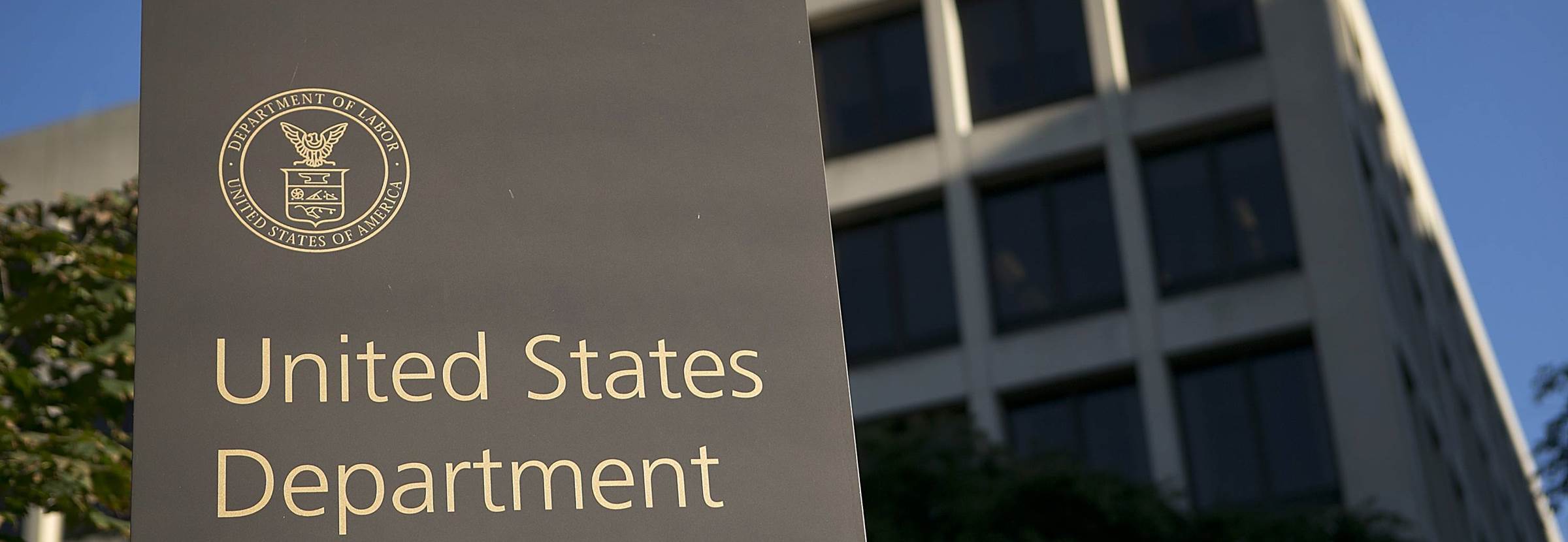OFCCP Publishes Final Rule to Codify Procedures to Resolve Discrimination and Other Violations by Federal Contractors and Subcontractors
The Office of Federal Contract Compliance Programs (OFCCP) has published a final rule codifying procedures that the agency currently uses to resolve potential discrimination and related violations by federal contractors and subcontractors, as well as to add clarifying definitions to specify the types of evidence OFCCP will use to support its discrimination findings. Specifically, the final rule formally codifies procedures for two formal notices that OFCCP uses when the agency finds potential violations: (1) the “Predetermination Notice (PDN)”; and (2) the “Notice of Violation (NOV).” Since 1988, these procedures have been embedded in the “Federal Contract Compliance Manual” – the primary document used by agency staff as a procedural framework to execute quality compliance evaluations and complaint investigations.
Under the final rule, the steps that OFCCP must follow when making a preliminary finding of discrimination will depend on whether the discrimination is based on a theory of “disparate treatment” (i.e., when intentional discrimination occurs) or “disparate impact” (i.e., when policies, practices, rules or other systems that appear to be neutral result in a disproportionate impact on a protected group). In disparate treatment cases, OFCCP may generally issue a PDN to a contractor laying out its preliminary findings if the agency: (1) provides “quantitative evidence”; (2) demonstrates that the unexplained disparity is “practically significant”; and (3) provides “qualitative evidence” that, in combination with other evidence, supports both a finding of discriminatory intent by the contractor and a finding that the contractor’s discriminatory intent caused the disparate treatment. Even if each of these three requirements are not met, OFCCP can issue a PDN if: (1) the qualitative evidence is strong enough to support a finding of discriminatory treatment on its own; (2) the disparity “is so extraordinarily compelling” that it supports a finding of discriminatory treatment on its own; or (3) the contractor denied OFCCP access to information that may be relevant to a finding of discriminatory intent, such as by denying access to its employees during a compliance evaluation or destroying or failing to produce records the contractor is legally required to create and maintain. Separately, for allegations included in a PDN involving a “disparate impact” theory of liability, OFCCP must provide “quantitative evidence”; (2) demonstrate the unexplained disparity is “practically significant”; and (3) identify the specific policy or practice of the contractor causing the adverse impact, unless OFCCP can demonstrate that the elements of the contractor’s selection procedures are incapable of separation for analysis.
Regardless of the theory on which the PDN relies (disparate treatment vs. disparate impact), a PDN must detail the quantitative and qualitative evidence upon which it relies “in sufficient detail to allow contractors to investigate allegations and meaningfully respond.” Moreover, OFCCP provides “the model and variables used in any statistical analysis and an explanation for why any variable proposed by the contractor was excluded from that analysis” when requested by the contractor. Contractors will have 30 days to respond to a PDN and OFCCP may grant additional time “for good cause.” If, following OFCCP’s review of a contractor’s response to a PDN, the agency has evidence sufficient to support a finding of disparate treatment and/or disparate impact discrimination, OFCCP may issue a NOV to notify the contractor that the agency found discrimination violations of one or more of the laws it enforces. In line with the requirements for the PDN, the NOV must disclose the quantitative and qualitative evidence relied upon “in sufficient detail to allow contractors to investigate allegations and meaningfully respond.” Upon the contractor’s request, OFCCP must also provide the model and variables used in any statistical analysis and an explanation why any variable proposed by the contractor was excluded from that analysis. In addition, the NOV must address all relevant concerns and defenses raised by the contractor in response to the PDN.
This final rule is effective as of December 10, 2020.
© 2024 Signatory Wall and Ceiling Contractors Alliance (SWACCA). All rights reserved.
